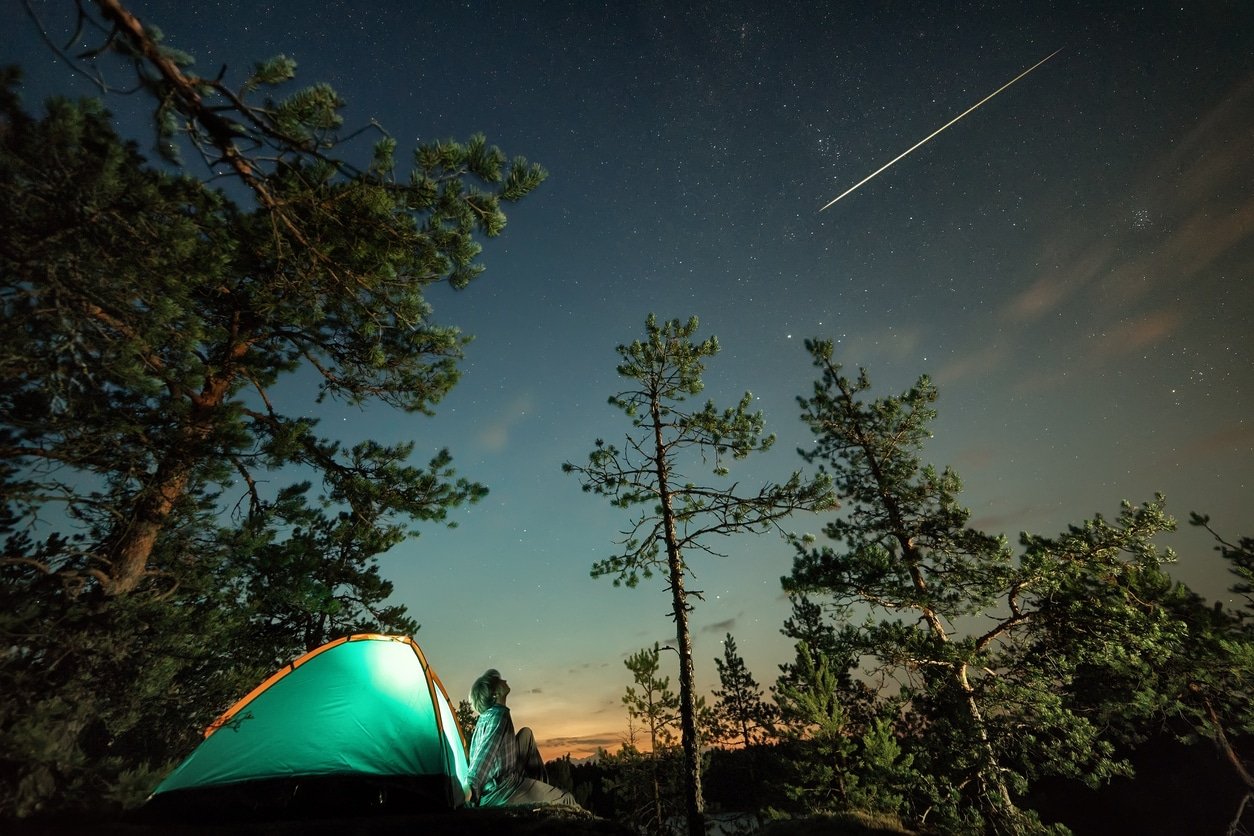Camping In Norfolk: Best Campsites, Things To Do, Wild Camping & More!
Beautifully tucked away in East Anglia, this region boasts over 90 miles of pristine coastline, untamed countryside and beautiful seaside locations – all of which makes camping in Norfolk a memorable experience. Plus there’s famous nature reserves, picturesque market towns, historical sights and spectacular walks all begging to be explored.
Whether you are planning to hike, cycle, visit on a day-trip, or are just looking for an inexpensive way to see as much of the region as possible, camping in Norfolk can be a cost effective and fun way to do that. It’s also a truly unique opportunity to lose yourself in the quiet scenery that makes this place so special.
There are several campsites in and around Norfolk to choose from – we recommend some of our top picks in this article. We also look at wild camping in Norfolk later in this article too.
So grab your tent and some hiking boots – let’s begin your Norfolk camping adventure!

Camping In Norfolk
Famous for the beautiful man-made Norfolk Broads, a National Park with 125 miles of navigable lock-free waterways, along with quaint villages and picturesque towns, this region is chocolate box pretty.
There are some great campsites to choose from that are located close to some of the main walking, hiking and cycling routes in Norfolk – we give some of our favourites below.
A good quality walking in Norfolk book – like this one which has dozens of trails – can help you plan what area you may want to visit and walk in, and therefore what campsites may be of interest to you.
However if you’re looking for some great campsite recommendations, below we share some of our favorite campsites in Norfolk, before looking at wild camping in Norfolk:

Camping In Norfolk: Some Of The Best Campsites In Norfolk
Wardley Hill Campsite
Set in the Waveney Valley, this six-acre site is an eco haven, surrounded by a landscape of wild flowers, stunning woodland, a stream and three seasonal ponds. Run by owners Joe and Holly Putman, this charming campsite is exceptionally well maintained and close to amenities.
The site offers campers several accommodation options, including glamping and a ‘tree-tent’ strung between the boughs of a tree. Visitors can also enjoy peaceful walks nearby along miles of footpaths.
It’s worth noting that Wardley Hill Campsite does not accommodate for caravans, coachbuilt vans and motorhomes, and they do not offer any electric hook up. However, if you’ve got a campervan not heavier than 3500kg, you’re welcome to book your stay here.
If you want to make a camp fire in the evening, this campsite allows small camp fires that are raised off the ground. Way to keep the little ones entertained!
Secluded, but still within walking distance of supermarkets and local pubs, we recommend eating out at the Oilve Tree Italian restaurant which is a short walk away. We also loved the two pubs located in the nearby village of Geldeston: The Wherry Inn and Locks Inn – both have great views as well as hearty meals.

Deepdale Camping & Rooms
This award-winning campsite is situated on the charming north Norfolk Coast. With great accommodation choices, Deepdale Camping & Rooms is an eco-friendly spot with fabulous walks nearby and lots of birdwatching opportunities on site.
It’s close to the scenic marshes towards Brancaster and Wells, where visitors will enjoy wildlife spotting while walking. With plenty to explore on the coastline too – like dunes, and beaches – as well as local towns like Holkham Hall and Wells-next-the-sea, there should be plenty to discover if staying here.
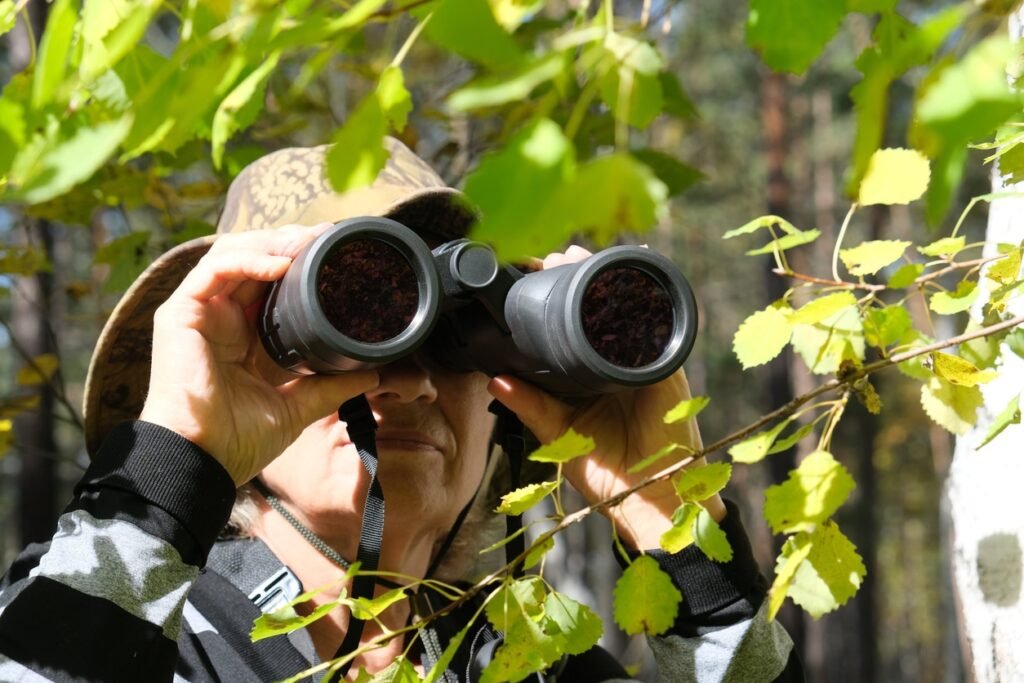
Clippesby Hall
This family-run campsite is an award winning holiday park located in the Norfolk Broads National Park and close to the Norfolk coastline.
Clippesby Hall has excellent facilities on site, such as a swimming pool, tennis courts, mini golf, cycle hire, kids play area, coffee shop, bar and restaurant. There’s even zip lines here – perfect to entertain children!
We especially love this place as it’s an ideal base to explore the Broads National Park, a network of rivers and lakes that forms Britain’s largest protected wetland. With tranquil pretty beaches like Winterton-On-Sea close by, and the possibility to spot seals at Horsey Gap, this campsite is perfect for outdoor lovers.

West Runton Camping & Caravanning Club
From beautiful walks along the stunning coastline to peaceful strolls in the countryside, West Runton Camping & Caravanning Club offers campers the best of both worlds. Some of the facilities here include their children’s play area and the fact that your four-legged friends are welcome!
The campsite has easy access to Norfolk’s rolling countryside, including Beacon Hill which is the highest point in Norfolk, with views across the county and out towards the sea.
There’s also the North Sea View walk within walking distance. This great trail is only 4.2 miles long but includes some short steep climbs that take you to breathtaking viewpoints that look out across the North Sea. After a fun day’s trek campers can enjoy great seafood and a pint at the Rocky Bottoms restaurant – just 0.6 miles from the campsite.

Wild Camping In Norfolk
DISCLAIMER: Below we give general advice, but we always recommend staying in an official campsite. If you choose to go wild camping/dispersed camping, then make sure you do so with someone who already knows the area where you’re planning on camping for your own safety.
Like other areas of England , wild camping in Norfolk is not technically allowed, however people still do it. Although campers are allowed to pitch their tent if they have the permission of a landowner. However that’s often easier said than done.
Yet the scenic coastline and tranquil countryside that exist in Norfolk makes it a tempting destination for wild camping, whether you’ve got permission or not.
Therefore if you are planning to free camp in Norfolk – and can’t be swayed to stay in a campsite instead – then you should camp in the same place for one night only, and pitch your tent discretely and in a remote place which will not be easily seen. Therefore don’t camp in or near settlements, someone’s farm or on cultivated land. If you think you’re on private land, always try and seek out the landowner and ask permission. They may request a small fee.
Below are our top tips for wild camping in Norfolk:
- Heavy rain can happen in Norfolk – even during the summer months. Therefore make sure you have a rainproof tent that can survive rain. A lightweight one-man walking tent like this or similar would be perfect. For a good value tent that fits more than one person, this mosquito-proof one would work well too.
- Remember to always have plenty of water on you when you’re walking and camping. A space-saving collapsible water bottle would be a good purchase.
- If you’re wild camping, then go to the toilet at least 30-50 meters away from water sources, such as rivers. Make sure to use a trowel (like this folding one) to bury any human waste at least six inches under ground. Take any tissue paper with you – use a ziplock bag to store it and dispose of it in the nearest bin.
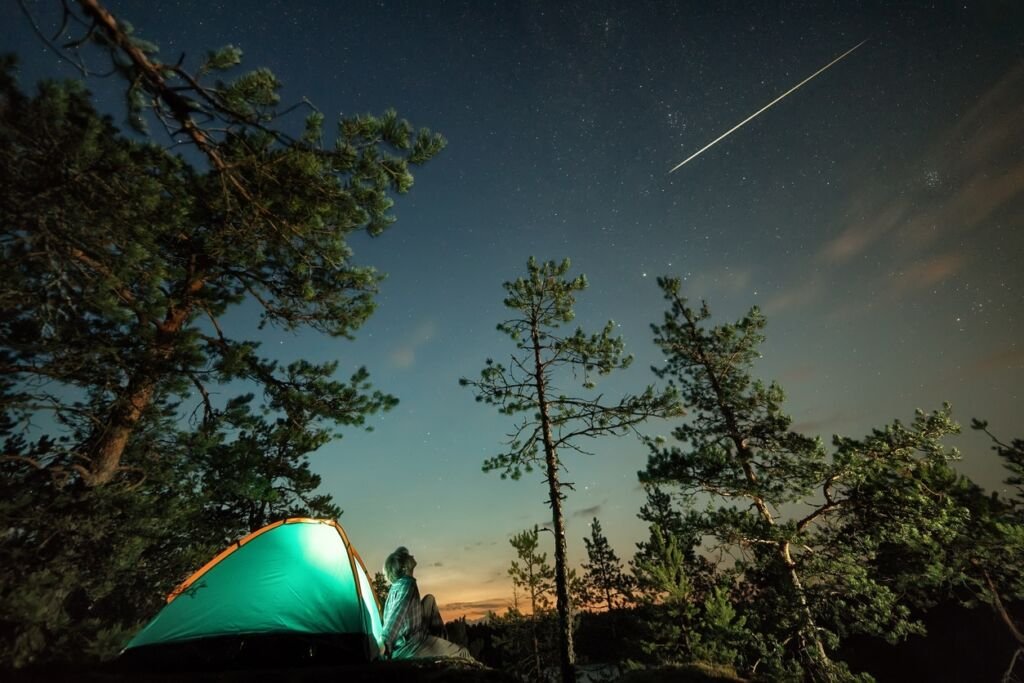
Some Of The Best Places To Visit In Norfolk
Thetford Forest
Planted in the 1920s, this 18,730 hectare forest is the UK’s largest man made lowland forest. Visitors can enjoy serene walking and cycling trails here and look out for red deer that roam around the woodlands.

RSPB Snettisham
Visitors who are fond of wildlife and birdwatching will relish this location for the magnificent sight of thousands of wading birds! Depending on the time of the year, visitors can observe the beauty of birds doing aerial acrobatics. Due to the unique geological nature of Snettisham, this area attracts a huge number of migratory and transitory birds during winter and autumn too.
Wiveton Downs
Designated a Dark Sky Discovery Site; Wiveton Downs is a must visit if you are on vacation in this beautiful region. Located in the Norfolk Coast Area of Outstanding Natural Beauty, visitors will fall in love with the clear skies and low light pollution here, and on some nights may even see the Northern Lights (Aurora Borealis), the seven stars of the Orion constellation, our own Milky Way galaxy, or interstellar dust clouds – all without a telescope!
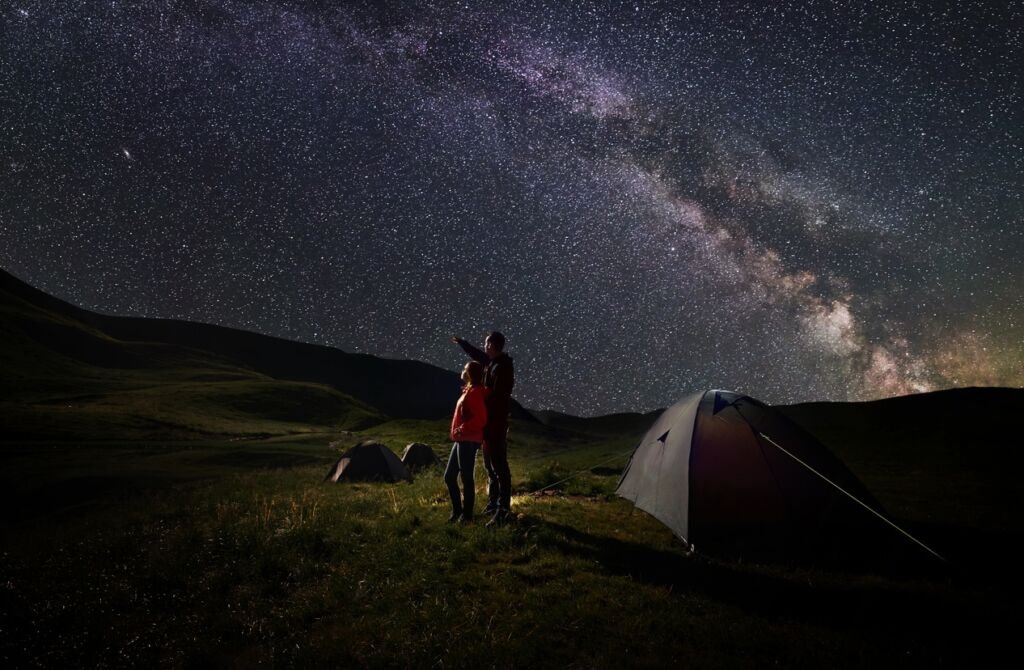
Some Of The Best Walks In Norfolk
Boudicca Way
This 36 mile long walk between Norwich and Diss passes through the pristine rural countryside of South Norfolk and the Waveney Valley. Walkers follow close to Roman roads and go through Caistor St. Edmund; a settlement with roots tracing back to the Roman period.
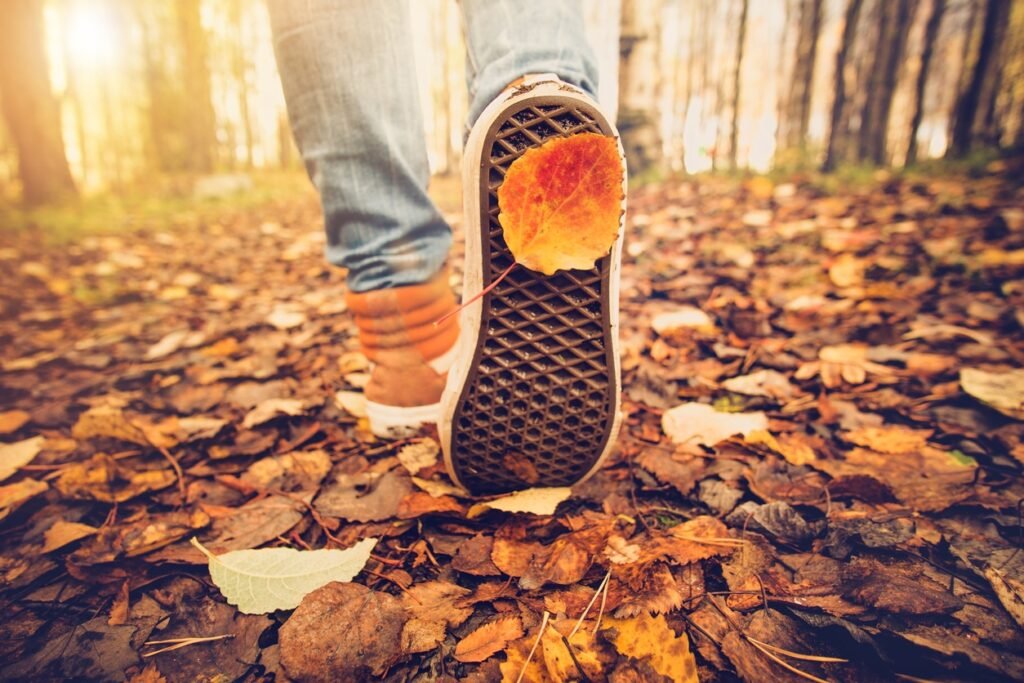
Marriott’s Way
This 24.6 mile long trail is a long-distance footpath, cycle-path and bridleway between Norwich and Aylsham. A peaceful countryside walk, Marriott’s Way is also known as a wildlife watching trail as visitors will pass by wildlife-rich habitats like the Wensum River Valley and Whitwell Common.
Norfolk Coast Path
The Norfolk Coast Path is a 84 mile long walk from Hunstanton to Hopton-on-Sea, which runs mainly through the Norfolk Coast Area of Outstanding Natural Beauty; perfect for hikers who want to discover the wide range of wildlife, and stunning sea views.
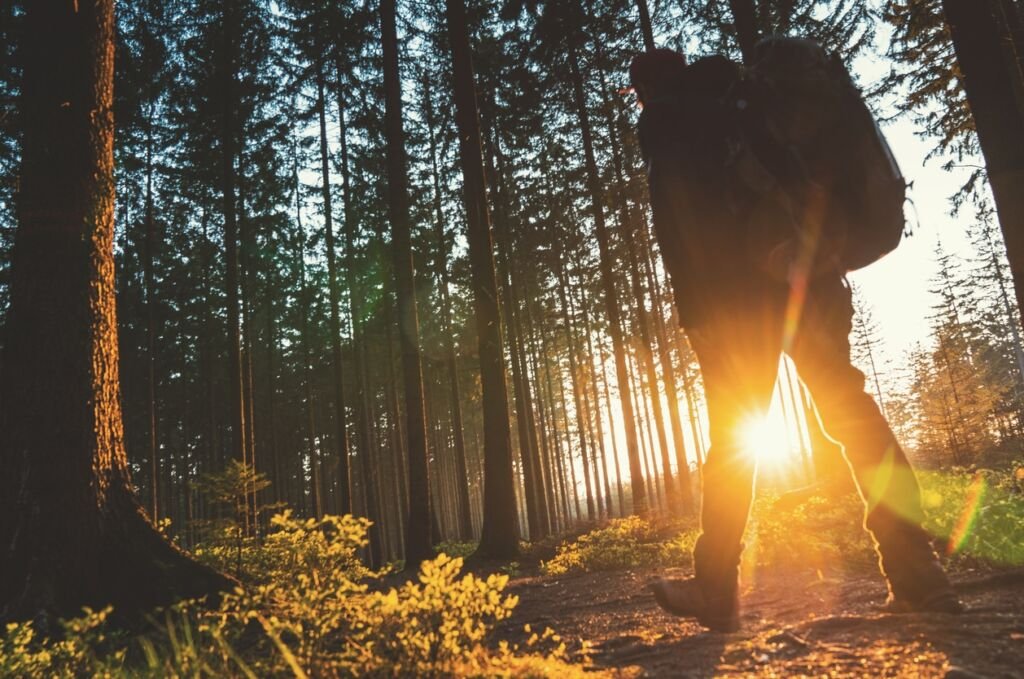
Camping In Norfolk: The Weather & Best Months To Visit
With mild to warm temperatures, spring is the perfect time to visit Norfolk as kids and families can make the most of a full day at the famous RSPB Snettisham. Temperatures range from 10°C to 17°C, and visitors can see flowers in full bloom and the breathtaking wildlife that can be spotted during the walks.
Summer is a great time to visit the nature reserves, as well as discover Norfolk’s rich history. With daytime temperatures reaching between 18°C and 22°C, visitors can enjoy great views of the ocean and have a pint in a local beer garden. Summer is also a perfect time to undertake long walking trails as the land will be less slippery and hikers can enjoy the longer daylight hours.
With milder temperatures during autumn, it’s the perfect time to avoid the peak summer tourist season, go on hikes, watch the arrival of wading birds and their aerial acrobatics, and enjoy the ever-changing colours of the woodland.
Winter brings the shortest daylight hours and coolest temperatures, but visitors can enjoy the crisp air during walks on the different trails in the region. We love the wide variety of birdlife during this season as well, such as avocet, bar-tailed godwit and knots which can be seen in the lakes.
Recommended For Camping In Norfolk
*This article may contain affiliate links which allows Wandering our World to make a small commission on any sales made – and keep the coffee flowing! It involves no extra cost to yourself. As an Amazon Associate we earn from qualifying purchases, but only recommend products we believe in.


